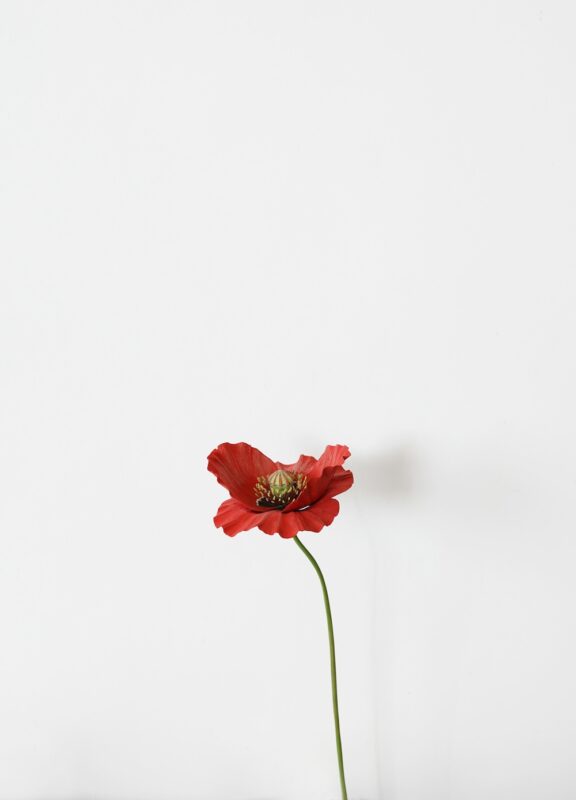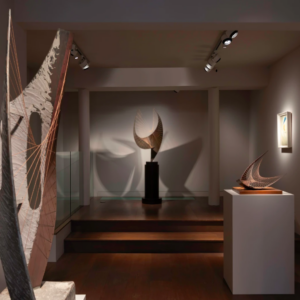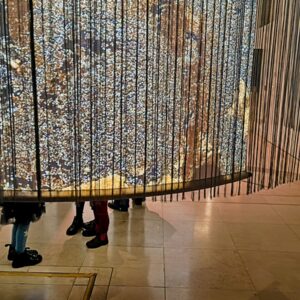by Jason Burke in Paris for The Observer
The conning tower of a large Soviet submarine pokes up from the still waters of one of the centuries-old fountains in the Tuileries gardens, blasting Russian martial music from a loudspeaker. A hundred yards away, two 20ft multicoloured plastic sumo wrestlers battle over a brightly painted steel freight container. Nearby is a stack of giant steel buckets taller than the trees.
Small plaques inform the bewildered tourists on their way to the Louvre and the Mona Lisa that this is the Paris contemporary art fair – relaunched at a new site in the centre of Paris last week.
![]()
The absence of little red dots on the plaques shows that buyers have yet to be found. But gallery owners and artists say that with 90-minute queues outside the fair, a record number of major French collectors taking the European art scene by storm, and a new wave of provocative French artists, there is reason to be optimistic, and not just about sales.
'It is a magnificent spectacle,' said Nathalie Vallois, one of the 100 or so gallery owners exhibiting beneath the glass-and-iron-vaulted roof of the newly renovated Grand Palais a few hundred yards from the gardens. 'There is no other fair in the world as beautiful. There's been a complete change of spirit.'
For years, the French cast jealous eyes at the success of Damien Hirst and the Young British Artists across the Channel, and at fairs like Frieze, held last month in Regent's Park, London, and its American equivalents. The exiling of the annual French International Art Convention to an industrial wilderness on the southern rim of Paris better known for hosting agricultural shows and DIY exhibitions summed up the general depression.
That has finally changed. 'The Fair has returned to the heart of the city,' said its director Jennifer Flay, a gallery owner and former magazine journalist.
Le Figaro said the move was a 'gamble'. If so, early indications are that it has paid off. The new site has attracted new international star dealers. Pauline Daly, director of the London gallery Sadie Coles HQ, said that it would be at only four fairs this year: Basle in Switzerland, Miami, Frieze in London and, for the first time, Paris. 'We love Paris and put together a special show to come here,' she told The Observer.
British artist Sarah Lucas installed her own work at Daly's stand before celebrating her birthday in the Eiffel Tower restaurant last week. According to news reports, 10 of Lucas's sculptures sold for about £50,000 each on the first day of the fair. Nearby, a huge canvas by French artist Pierre Soulages had a small red dot beside it. German dealer Karsten Greve had reportedly sold it within hours of the opening for £400,000 to François Pinault, a French industrialist who was named recently as the most powerful man in modern art by ArtReview magazine.
Pinault opened a private gallery in April in the Palazzo Grassi in Venice to house his 2,000 pieces of contemporary art. That a Frenchman is the biggest collector of contemporary art in Europe is another sign of the resurgence of the French market.
'Contemporary art has once again become a serious player economically, politically and culturally,' said Jean-Max Colard, critic at Les Inrockuptibles magazine. 'For years France was a hotbed of reactionary rubbish about the art of our times. Not any longer.'
Surprisingly, much of the criticism of French contemporary art came from the left, said Colard.
'Thinkers such as Jean Baudrillard and others attacked it as a way to attack the state in particular for its involvement in culture and more generally the times we live in.'
Certainly the right-wing government of President Jacques Chirac has done much to support contemporary art. The impetus has largely come from the Prime Minister, the urbane part-time poet Dominique de Villepin.
This year a major annual exhibition showing off French artists was inaugurated, also at the Grand Palais and costing nearly £3m of public money. The exhibition, de Villepin's pet project, featured established artists such as Sophie Calle and Annette Messager and newer, more politicised and provocative figures such as Adel Abdessemed.
His full-scale burnt-out ceramic car, exhibited last week at the Paris fair, is a clear reference to social problems and the riots that racked poor French suburbs a year ago.
Though two private galleries have been built recently in Paris, and another is on the way, one key and controversial question is how much the state should subsidise and protect French contemporary art. Despite its renaissance, the French market is still far behind America and the UK. In 2004 more than half of sales and purchases of contemporary art were in the US. The UK had more than a quarter, and France three per cent – the opposite of their positions in 1990.
'Tomato ketchup dominates the world's dinner tables because no one has stood up to it, so there is no alternative,' said gallery-owner Vallois. 'It's the same with art. We have to defend our own artists.'
There are already generous subsidies. About half the exhibitions in public galleries and more than half of purchases by state bodies are of the work of foreign artists, according to a study published by Le Monde.
However the relatively small size of the French market also has its advantages. According to Colard, the critic and curator, the French are 'lucky' to have fewer collectors and fairs that are 'a bit less trendy'.
'It means we have artists who are less formatted, whose work is less determined simply by what sells and what doesn't,' he said.







